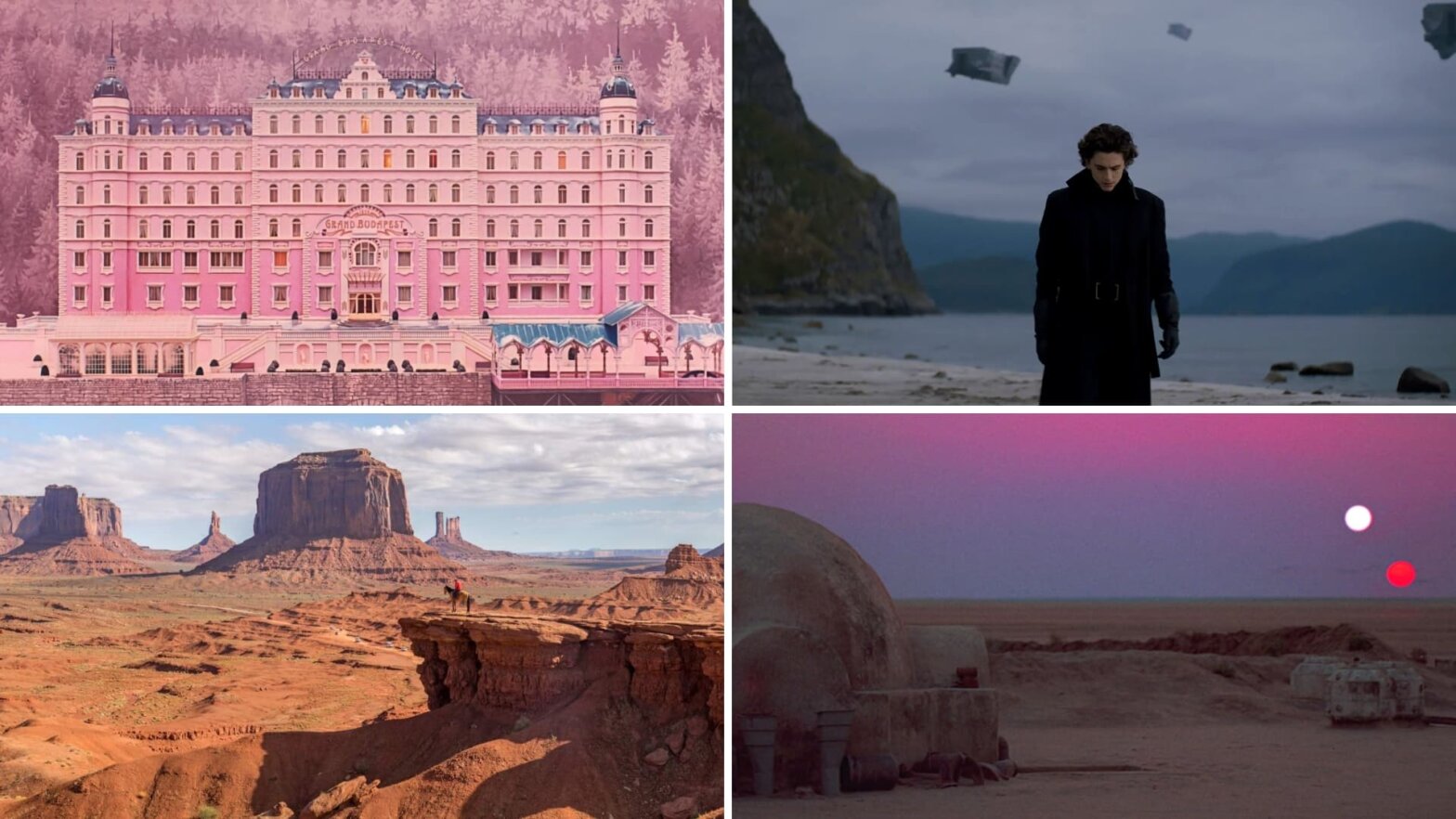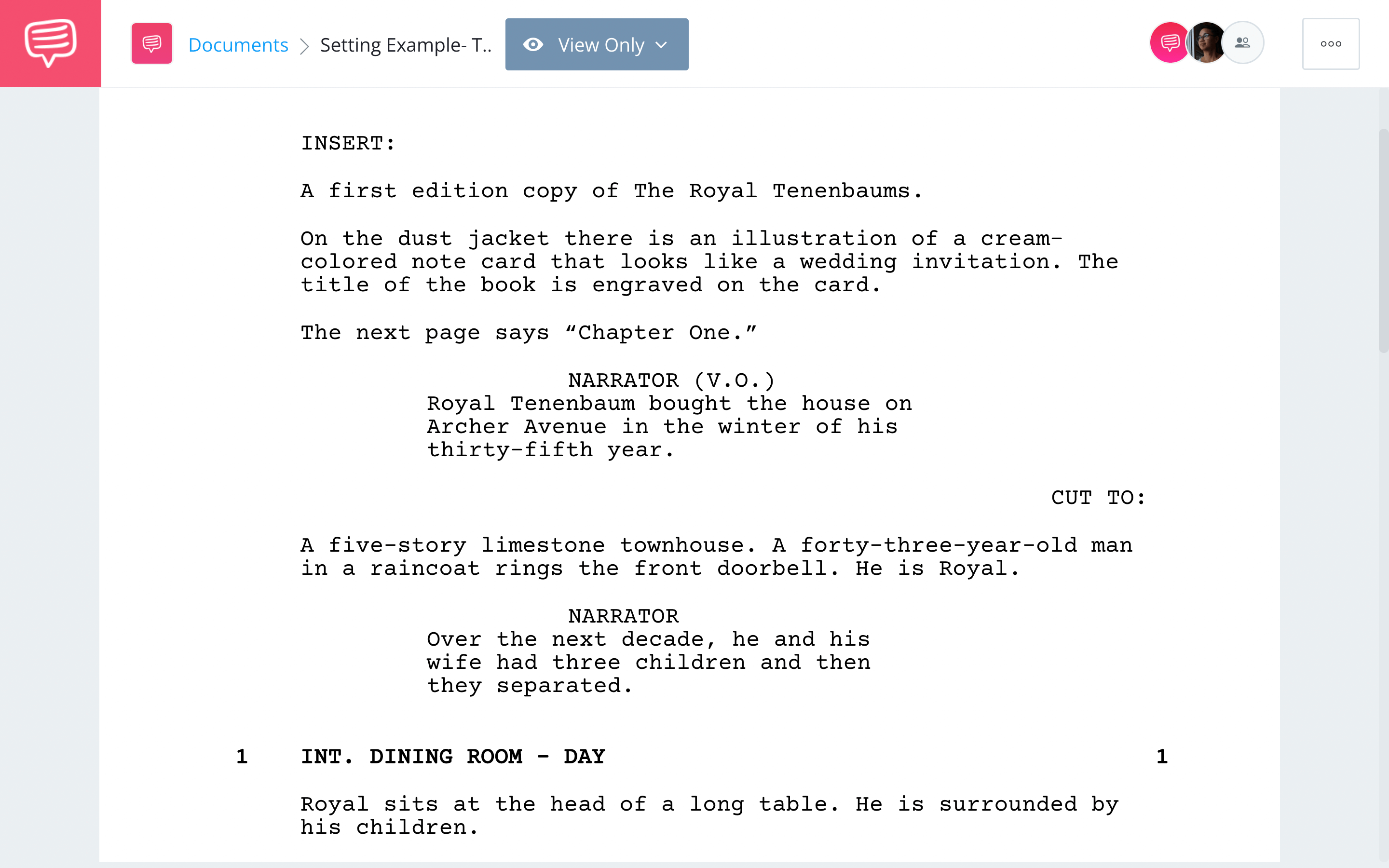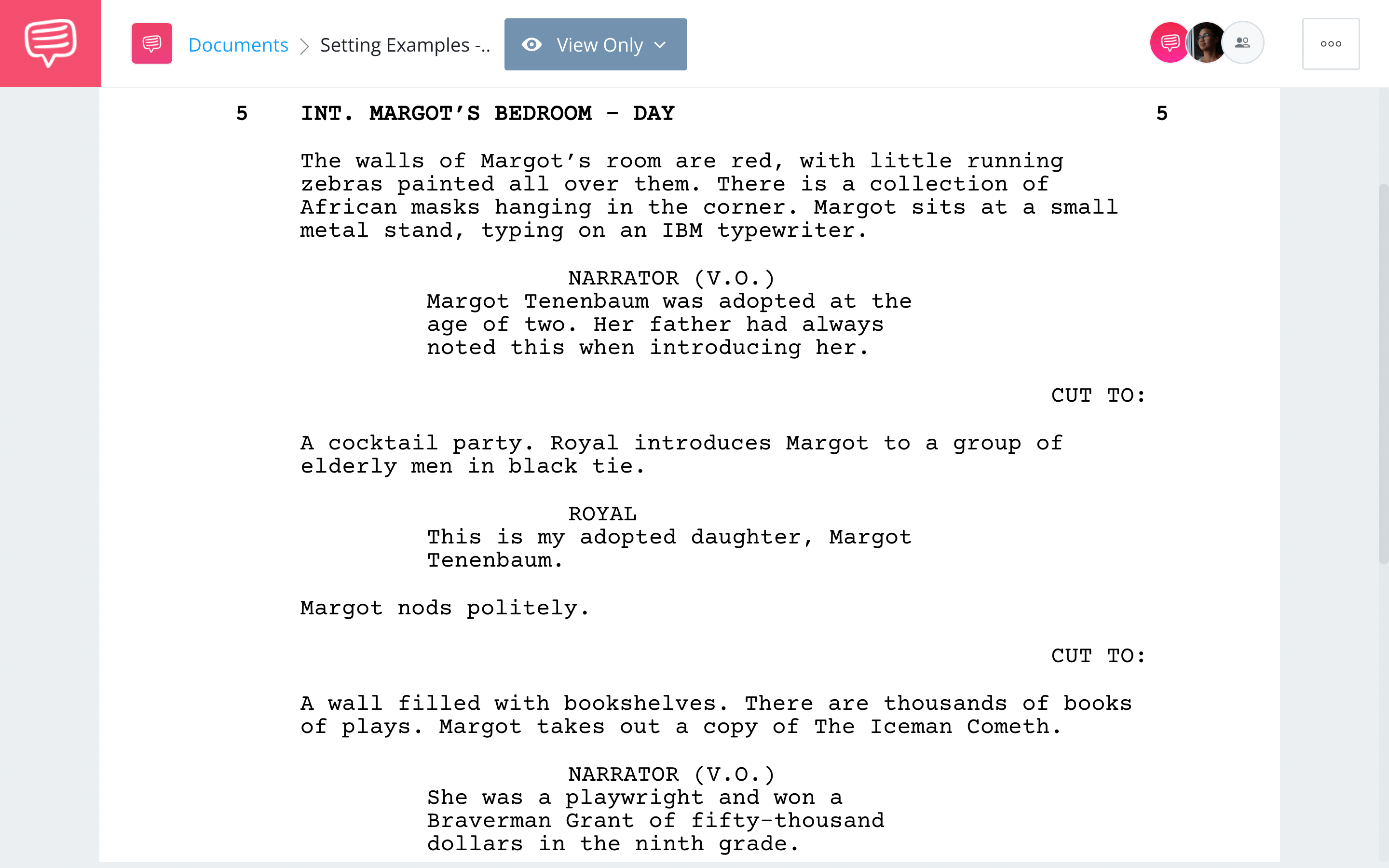What is something each and every story ever told has in common? If you guessed “a setting,” you’d be correct! When your narrative involves characters and motivation, a setting is almost always a given. Sometimes a setting is massive and expansive, while other times it’s small and intimate. So what is a setting, what does setting mean, and how can it be presented, identified, and crafted? We’ll go over a basic setting definition before embarking on an adventure full of helpful info and setting examples.
Define Setting
First, let's define setting
Knowing what is the setting of a story allows for a lot of interpretations and creations. In other words, there is a lot we can get into with regards to setting examples, types of settings, and more. So let’s start with that setting definition before digging in any further.
SETTING DEFINITION
What is a setting?
A setting is the time and place of a narrative work of fiction or nonfiction. A setting can change throughout the narrative, though most works have at least one main setting. How the setting is used, what it represents, and how it is presented varies widely from work to work.
Story Setting Examples:
- Blade Runner — 2019, Los Angeles
- Home Alone — Christmas, Chicago suburb
- Star Wars — A long time ago, in a galaxy far, far away
Examples of Setting
Story setting ideas on the page
By its very nature, “setting” as a concept is vague enough to include many things, but strict enough to also have immovable rules. So long as it is a time and a place, it can be a setting; outer space, the ocean, a boat, a moving vehicle, a city, someone’s house, a single room, an entire planet.
Since just about anywhere can be a setting, what ultimately matters is how does a setting influence a story. The setting of a movie can be used to prove a point, reflect something about the characters and their situation, or simply exist to provide conflict.
The possibilities are too many to count, so let’s just go over a few.
The setting of movie Alien is a spaceship, something we learn from the very start of the film. Those details are laid out for us in Alien’s script and the film’s opening, but we later understand why this setting is so vital.
When the titular alien starts taking out the crew, the setting becomes essential to the plot. If not for the isolation of being a sole ship in space, the characters would not be in such crazy amounts of danger.
Story setting ideas • Setting example in Alien
Let’s now turn our attention to a specific script example. After all, before you can film it, you have to write it. Authors have been doing this for years, of course, but you can’t always introduce your setting in a screenplay the same way as in a novel.
Using a movie that, ironically, uses a physical book as a framing device, we can see how Wes Anderson and Owen Wilson presented their setting in (arguably) Anderson’s best film, The Royal Tenenbaums.
We brought the script into StudioBinder’s screenwriting software, allowing us to easily review it. Specifics, such as interiors and exteriors, or whether it’s night or day, will also be on display for us. Click the image below to read the entire introduction.
Setting of a Story Examples • Read The Royal Tenenbaums Setting Example
We are somewhat thrust right into this world with two sentences that tell us where we are and who the main catalyst for this plot is. The importance of the setting is further fleshed out and emphasized when we see more of the mentioned house, such as when we learn more about Margot Tenenbaum.
Good story setting examples • Read The Royal Tenenbaums Setting Example
Wes Anderson’s films are chock full of detailed scenery, which has allowed him to create creative, unique, and memorable types of settings, which all contribute to the quinetiestial Wes Anderson style. This extends to his characters, who very often reflect the settings (or vice versa) they are a part of. In this way, Anderson knows to craft settings that are characters themselves.
A setting can do a lot for your story, so you want to make sure it is well crafted and thought out. Once you have a setting established, it has to be justified via the plot and characters. An effective setting can do a lot for a movie; in some cases, it helps make the movie the classic or favorite it ends up being.
Related Posts
Presenting Setting Examples
Examples of setting on the screen
Once you have your setting chosen, you have to think about how it will be presented. It’s the thing most movies have to consider, and many do it via establishing shots. You usually see these at the start of a movie, but they show up periodically, too (like in a TV show), if the setting changes at any point.
What is the setting of a story? • Subscribe on YouTube
Establishing shots can either be a static shot of a place or something much more involved. The opening of Blade Runner establishes the time, place, and mood instantly, presenting us a future that is as close and familiar as it is otherworldly. With ambient music, we are transported into a world that is equally foreign and similar all at once.
What is a setting? • What does setting mean in Blade Runner
One of the most famous movies ever made, Star Wars (A New Hope), establishes its setting in a big way. The iconic opening crawl sets things up for us, putting us smack dab in the middle of an intergalactic conflict. After that, all we see is space, followed by a small space craft being pursued by a much bigger space craft. We then later get into the inside of the small craft and are introduced to some major characters.
What is a setting? • What does setting mean in Star Wars?
There are endless ways to create and present a setting. We have barely scratched the surface here, but there are many scripts available online that can provide you with even more examples of how to write and present a setting. Just always remember that transporting your audience is key, no matter the time and place. Once you have your audience hooked on a setting, you’re half-way there.
Up Next
What do Production Designers do?
It's one thing to describe the setting on the page. It's another endeavor entirely to put that setting on the screen. A large part of this responsibility falls on the production designer to build the appropriate "time" and "place." Find out more about the role of the Production Designer and how they create setting examples that transport us to other worlds.


